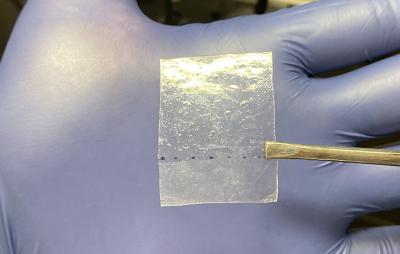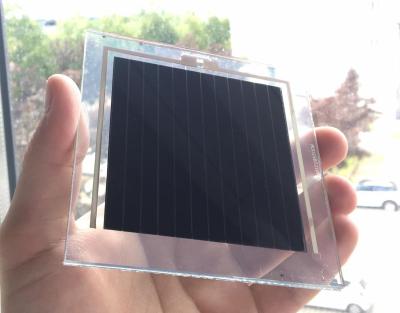Researchers develop lead-absorbing tapes for sustainable perovskite solar cells
Scientists at the National Renewable Energy Laboratory (NREL) and Northern Illinois University (NIU) have developed a way to prevent lead from escaping damaged perovskite solar cells. This could go a long way in addressing concerns about potential lead toxicity.
 Image by NREL, from Phys.org
Image by NREL, from Phys.org
The light-absorbing layer in perovskite solar cells contains a small amount of lead. Simply encapsulating solar cells does not stop lead from leaking if the device is damaged. Instead, chemical absorption may hold the key. The researchers report being able to capture more than 99.9% of the leakage.

